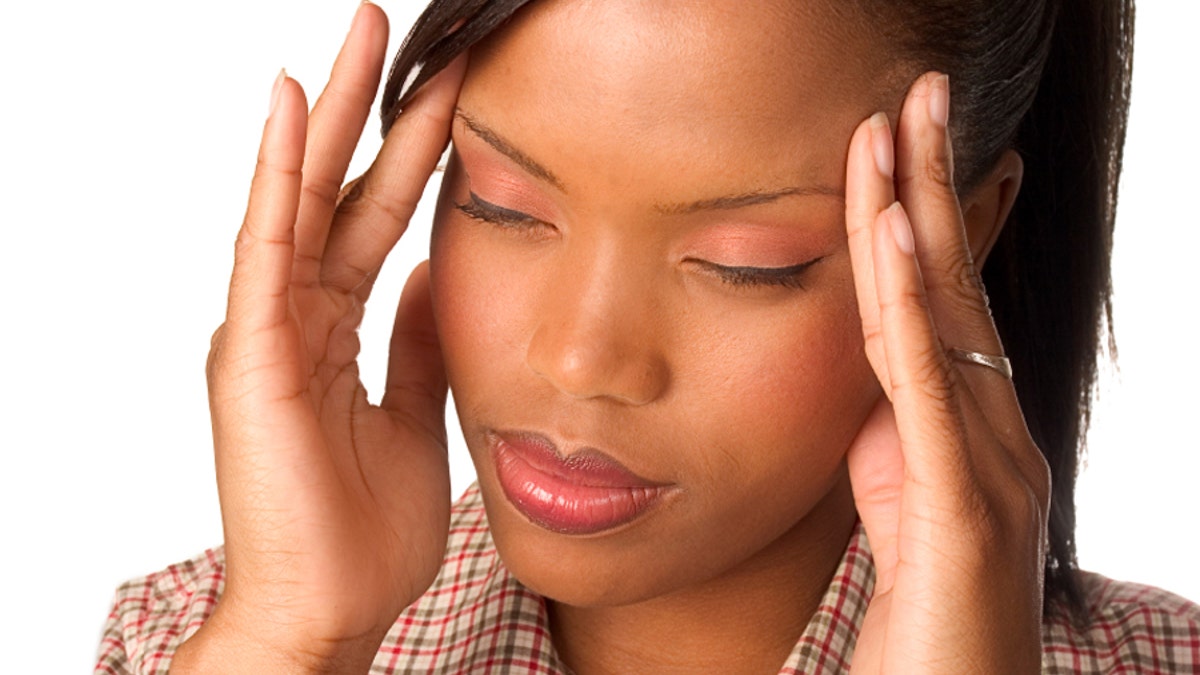
June is Migraine Awareness Month, putting the spotlight on the pounding, nausea-producing headaches which afflict some 28 million Americans. While there’s an awful lot we do know about migraines, what you don’t know will surprise you:
They’ve been linked to suicide risk
Several studies have now linked migraines with an increased risk for suicide attempts and even completed suicide. The risk may be even higher among people with migraine with aura or the flashes of light and other sensory symptoms that can accompany the headaches. It’s not clear why migraines and suicide are related, but depression and migraine share a similar biology, says Dawn Buse, PhD, a health psychologist with Montefiore Medical Center in New York City. Migraine sufferers need to know that “they’re not alone. They can get help,” says Buse.
Health.com: 18 Signs You're Having a Migraine
Your medication could be making migraines worse
Although drugs are meant to help ease the pain of migraines, in some cases this strategy can backfire–badly. Too-frequent use of migraine medications can result in what’s known as “medication-overuse headaches” and a quickly spiraling vicious cycle. This type of headache can occur with many different medications, including narcotics, acetaminophen, nonsteroidal anti-inflammatory drugs (NSAIDs, like ibuprofen) and triptans, a class of drugs used specifically to treat migraines. The solution? Try not to use migraine medication, even over-the-counter varieties, more than twice a week.
Lightning and migraine can strike together
A study of migraine sufferers in Ohio and Missouri found that the risk of migraine went up on days when there was lightning nearby compared to days when there wasn’t. And weather-related factors such as barometric pressure and humidity, both of which have been linked with migraines in the past, couldn’t explain all of the elevated risk. The study authors speculated that electromagnetic waves from the lightning could be triggering the headaches or that lightning might increase the production of ozone or fungus spores, either of which might spur a migraine.
Health.com: Headache-Proof Your Home
Migraines are linked to other serious health problems
People with migraines have an elevated risk of stroke and of other cardiovascular problems when compared with the general population. The risk of stroke, in particular, is higher still when the migraine is accompanied by aura and in women aged 35 or over, especially those who use oral contraceptives or who smoke. Researchers aren’t sure why stroke and migraines are linked but, regardless, “a history of migraine with aura should be considered an important risk marker for stroke,” says Buse.
A drop in your stress level can bring on a migraine
If you think that finishing your finals or having that big work presentation out of the way will reduce your chance of a migraine, think again. Research by Buse’s team actually found a 20 percent higher risk of migraines after someone’s mood changed from sad or nervous to happy or relaxed. These “let-down” migraines may be caused by a sudden, dramatic drop in hormones. How to reduce the likelihood of being let down in this way? Try to avoid peaks of stress in the first place. If it’s finals week, do some yoga or take copious breaks.
Health.com: Learn How to Manage Your Stress
Sex can trigger migraines
That’s right. Intense physical exertion, including sexual activity, and sometimes even just arousal can actually cause a migraine. Normally this type of migraine is more common in young or mid-life men and, fortunately, usually goes away as the person ages. One obvious solution is to avoid sexual activity but there are easier ways to prevent the migraines. Some doctors will actually prescribe blood pressure medications known as beta blockers to prevent these migraines. And bear in mind that some research suggests sex can actually ease a migraine.
Migraines can blow in with the wind
In addition to humidity and barometric temperature, some people swear that an ill wind lies behind their migraine pain. At least one scientific study backs this up. Researchers in Alberta, Canada found an increased risk of migraine on days preceding chinook winds and on days when the winds exceeded 23 miles an hour. Chinooks are warm winds hailing from the west. Overall, about half of migraine sufferers are sensitive to weather factors such as temperature, humidity and barometric pressure, according to another study.
This article originally appeared on Health.com.
